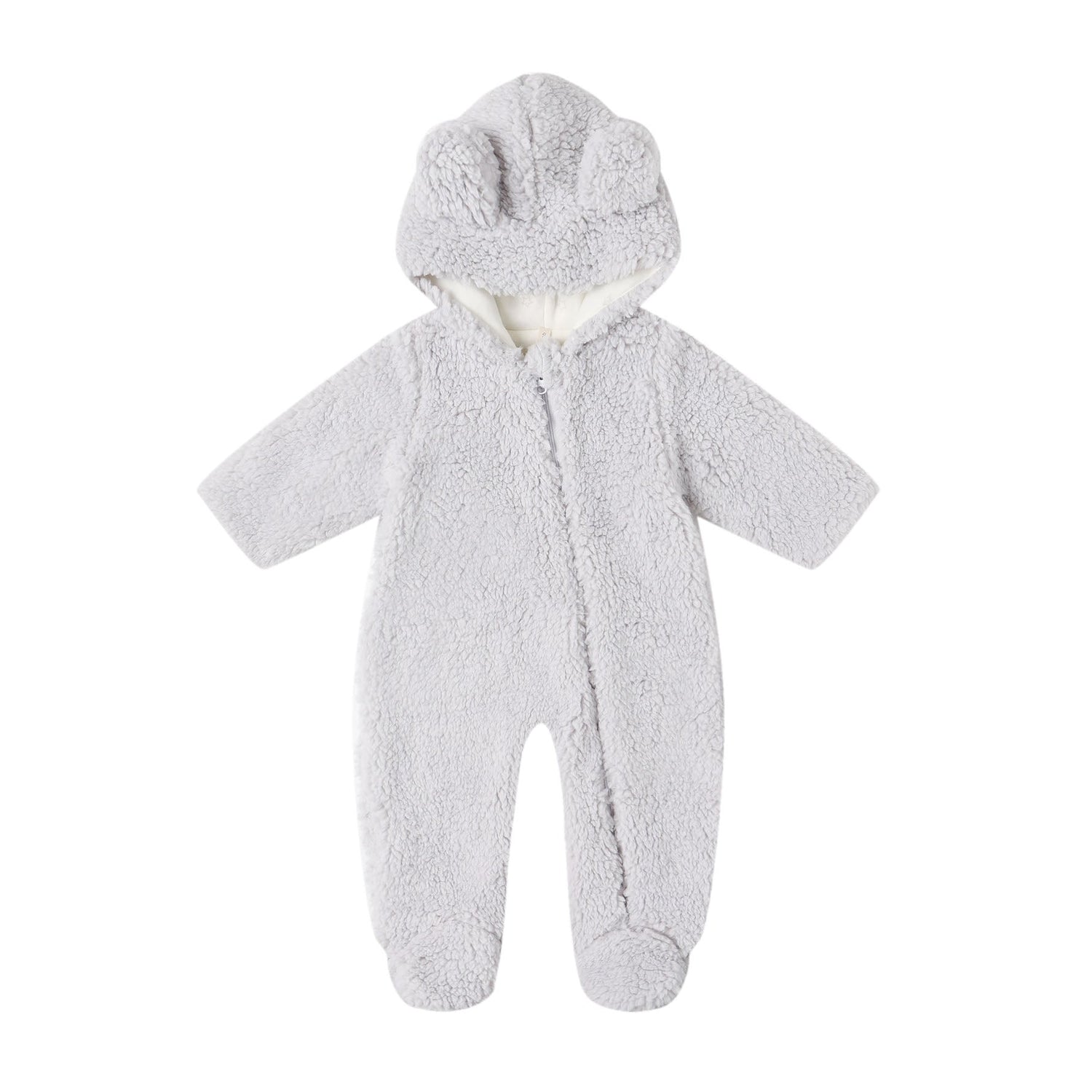An in-depth discussion of infant bowel movements might not be what you planned on reading today, but most parents know that you end up talking about poo one way or another after you have kids.
So, what's the deal with poop? Well, as J.D. on "Scrubs" says, "everything comes down to poo." And he's right. A lot can be determined about your child's health when you take a gander at what's in their diaper. But where to start? Start by noticing four main traits:
- Color
- Consistency
- Timing
- Odor
With this information, you should be able to tell if there's something legitimately wrong, and if a call to the pediatrician is appropriate. To help you know what to expect from your baby's poops, here is a basic guide:
Meconium
When your baby is born, they already have a healthy dose of bowel movement called meconium. This sludge-like stool is dark green or black, and is very thick and sticky in consistency. Meconium is made up of sloughed off skin cells, amniotic fluid, and mucus ingested while your baby was still in the womb. A general rule of thumb is that your baby's poop will always be affected by what they actually ate. Thus, their first poo has a very distinct color and consistency. Don't let the weird color or texture alarm you--it's totally normal.
Yellow, Green, or Brown
Something you might not be aware of is that bottle-fed babies have slightly different poop than those who are exclusively breastfed. Here is what to expect from each:
Breastfed:
Your baby should poop at regular intervals at first, but can also happen less often as
the intestines absorb most matter from breastmilk (since it's so dense in nutrients). Breastfed stools appear mustard yellow or greenish brown in color. Consistency should be seedy and pasty, but can also be very runny and resemble diarrhea at times. Some claim that healthy breastfed stools smell sweet, although there is a light odor--it's just not that of a regular bowel-movement.
Formula fed:
Formula-fed babies pass less bowel movements that are usually larger and slightly more odorous than breastfed stools. Look for a shade of yellow or brown, and a pasty consistency that resembles peanut butter. If you notice your baby is having a hard time digesting formula, they may have
lactose intolerance or some type of formula allergy, so talk to your child's doctor about possible solutions.
Things That May Affect Baby's BMs
Several different circumstances can alter your child's bowel movements including:
- Antibiotics (treatment for an ear infection can cause diarrhea)
- Gastroenteritis (stomach bug that causes diarrhea)
- Travel (usually resulting in constipation and harder BMs)
If you run into trouble, take a closer look at baby's diet (and your own, if you're breastfeeding). Sometimes cutting back on things like dairy and spicy foods can help reduce gas, but consult with your child's physician before making any drastic changes to your diet.
When to Call the Doctor
If your baby or their bowel movements show any of the following signs, call your pediatrician:
- White stool (sign that baby isn't producing enough bile)
- Black stool (usually from digested blood)
- Reddish stool (blood from the colon or rectum)
- If your child screams and/or bleeds while pooping
- If you see mucus, signaling infection or intolerance
- Dramatic changes to their stool after trying a new food; this may signal an allergy
- Watery stools more than five times a day after age one
These signs could mean infection, an immune response or allergy, or something serious going on in your baby's GI tract. The important thing to remember is that most of these types of stool are fairly rare.
Poop might not be your favorite topic, or thing to look at, but if you keep an eye on your baby's poop, you can have the peace of mind that all is well with their digestion, and that they're getting enough to eat. What parent doesn't want that?






